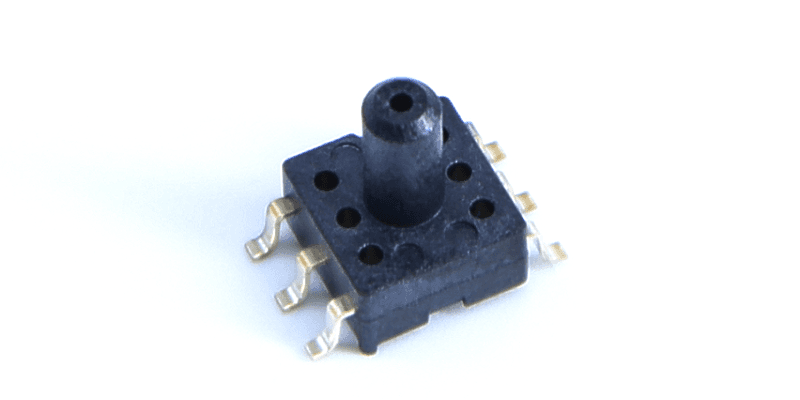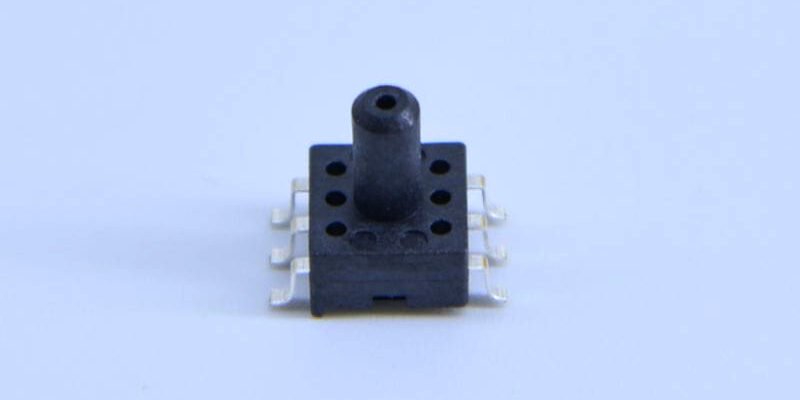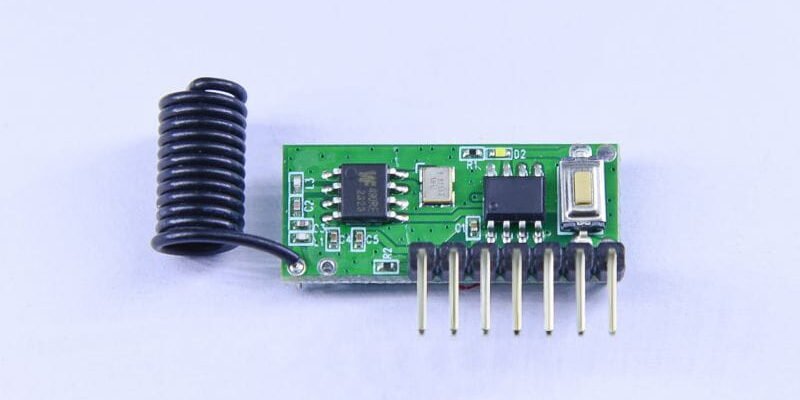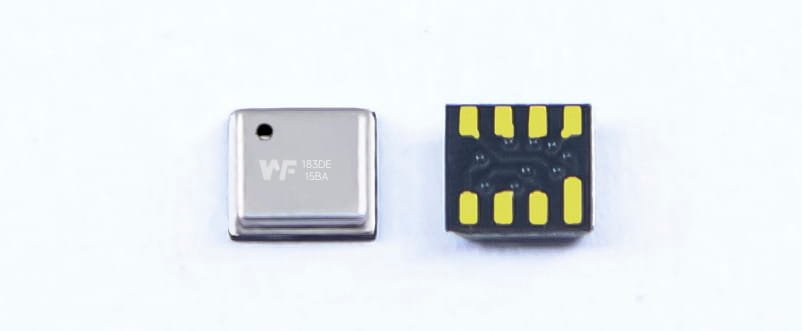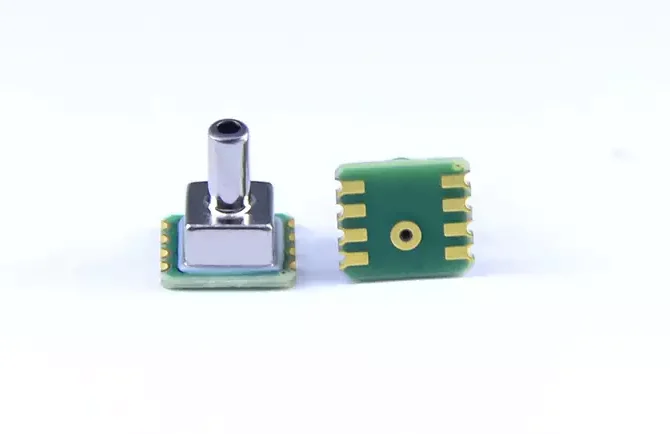Biological Safety Cabinet Pressure Sensor – Vacuum Pressure Monitoring
biosafety cabinet core functions of one is to protect the laboratory environment from the spread of hazardous substances through vacuum. Vacuum monitoring is the key to ensure that the internal pressure of the cabinet is lower than the external pressure. Only through a stable vacuum system can we effectively prevent the leakage of germs, viruses, bacteria or chemicals.
